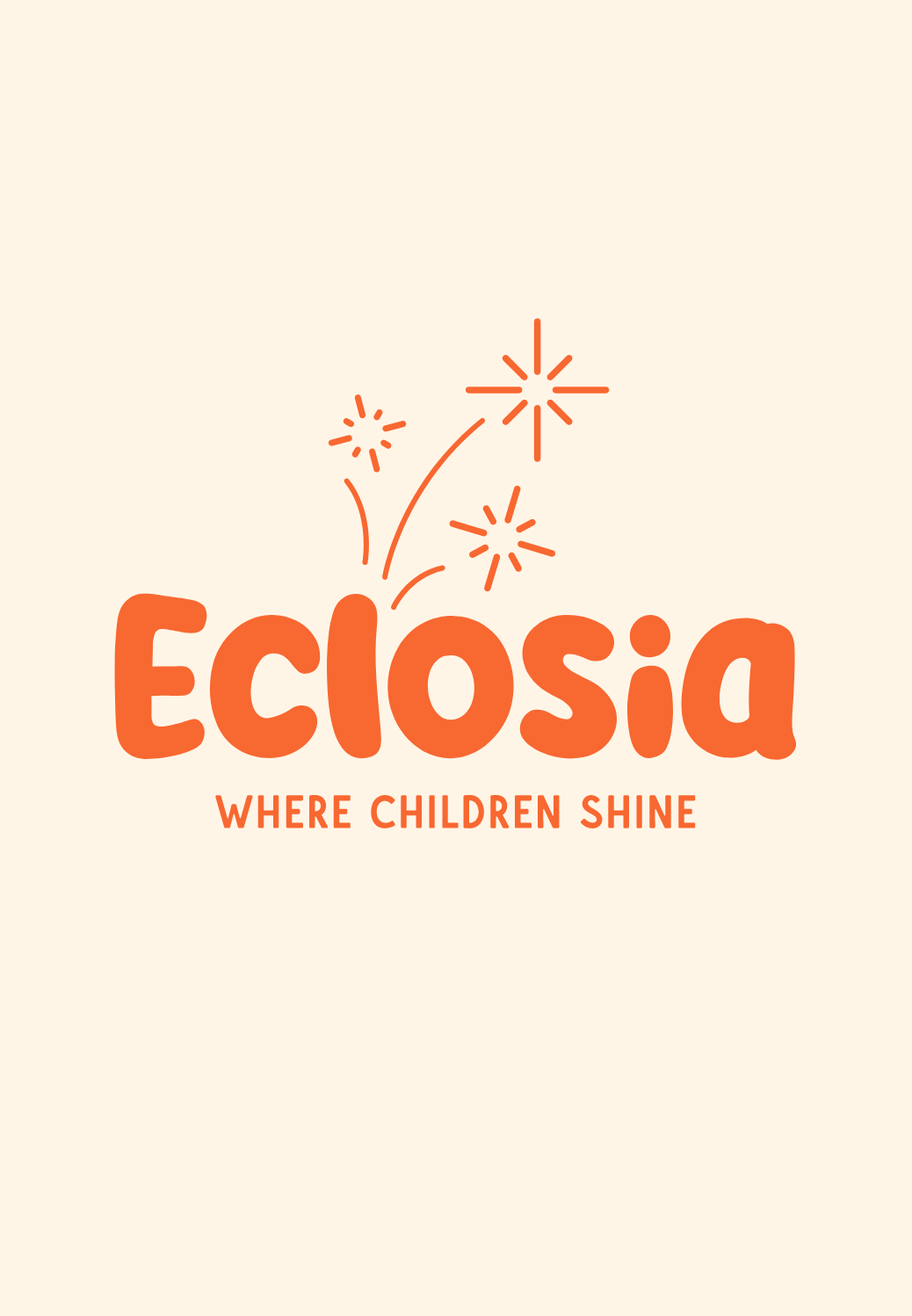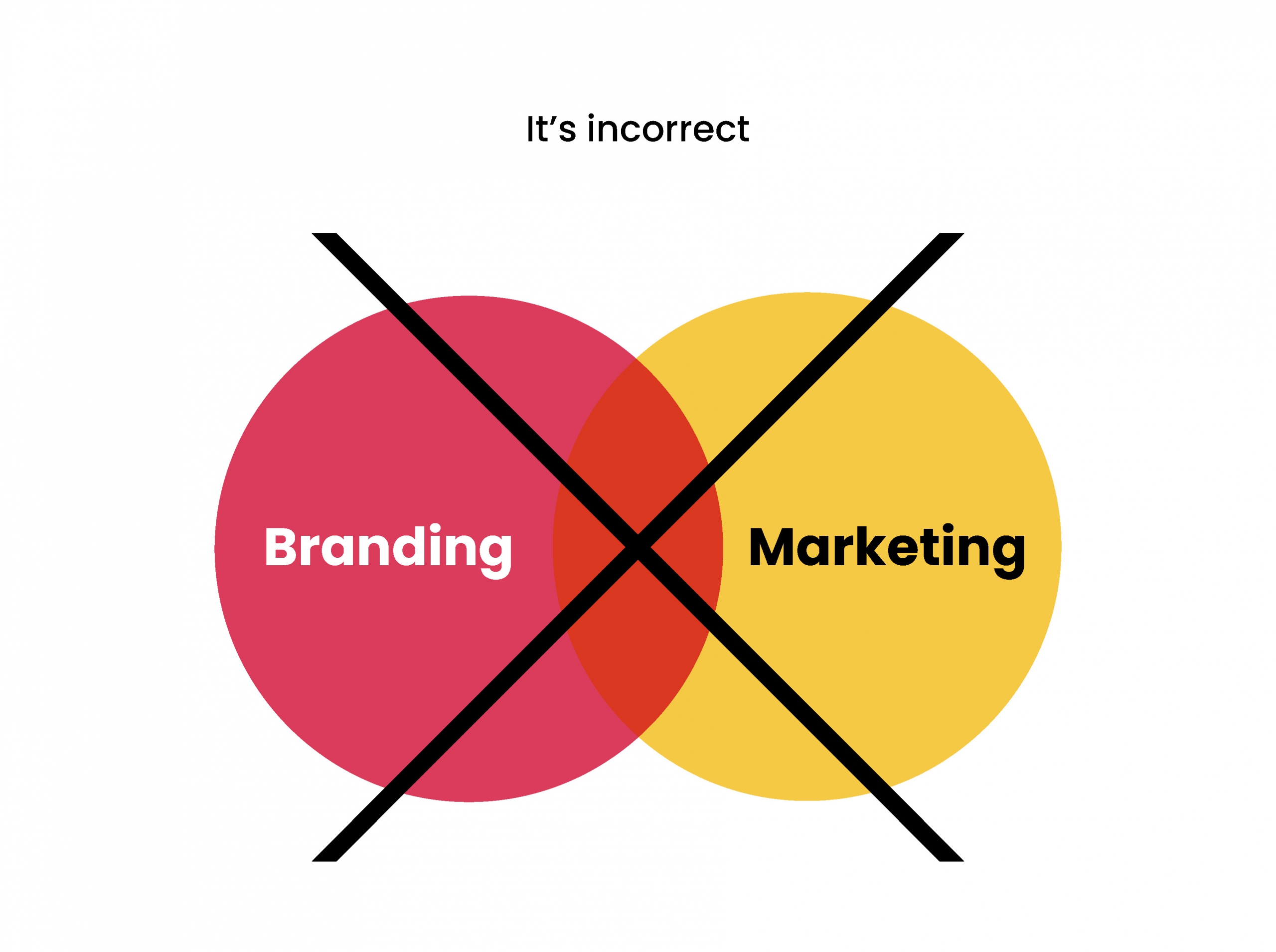Your plan isn’t your strategy
#Branding #Business #Strategy
Many businesses blur the line between STRATEGY and PLAN, often using the terms interchangeably. While both are essential for building a successful brand, it's important to understand they are not the same. In this blog post, I'll explain the difference in simple terms, followed by a concrete, easy-to-understand example at the end.
Last month, I found myself in a fun conversation that began with a LinkedIn comment I made about a Harvard Business Review article in which the author stated, 'Strategy is about positioning your business in the marketplace—it’s not a list of tasks for each function to execute.' To my surprise, the author himself, Dr. Graham Kenny, reacted to my comment, sparking a mini dialogue about the different perspectives we should take when discussing strategy and planning.


(Here’s what’s funny: I had no idea he was the original author at first! 😆 I only realized it after replying to his comment.)
Strategy Provides Direction and Vision on Where You Want to Go
At its core, strategy is your brand’s big-picture thinking. It defines your positioning in the market, providing the long-term vision of where to head and what to pursue. You can start by articulating your answers to these questions:
- What unique value do you (aim to) bring to the market?
- For whom? Be specific—if you’re selling to everyone, you’re selling to no one.
- How will/do you create that value? Make this point clear; otherwise, it’s just a bluff.
Without a clear strategy (=how you want your business to be positioned in the market place), your brand lacks purpose and differentiation in the marketplace.
A Plan Helps You Get There
While strategy defines where you want to go, a plan outlines how to get there. This is where the actions come into play—whether it’s a high-level strategic plan or a day-to-day operational one. The plan breaks down how you will implement your strategy, specifying concrete steps and timelines for action.
A well-thought-out plan can turn your brand’s vision into reality, helping every action align with your ultimate goals.
The Risk of Confusing These Two
Unfortunately, we've seen (or even worked in) many organizations that jump straight into listing actions to take and call that their “strategy.” When you confuse strategy with a plan, things can get messy because a plan without a strategy is like wandering in the dark. Without the North Star to guide your actions, even the best plans may lead to misaligned outcomes. Conversely, a strategy without a plan is merely a wish. They are complementary, but they are not interchangeable.
Now, let’s get practical and have some fun. I’ve broken down Apple’s case👇 to help you easily understand the difference between strategy and plan.
Apple’s Strategy (Positioning)
Aiming to conquer the market by positioning itself as a forward-thinking brand that constantly disrupts norms, Apple's strategy has always centered around innovation, premium design, and customer experience.
- What’s the unique value? Innovation, simplicity, and premium design that deliver an exceptional user experience.
- For whom? Consumers who value innovation, beautifully designed technology, and active lifestyles—people who are willing to pay a premium for products that enhance their lives, offering them joy, empowerment, and a sense of belonging and pride.
- How? By delivering a harmonious blend of hardware and software while cultivating an exceptional user experience that extends beyond the products, fostering deep emotional connections with the brand.
Apple’s Plan (Actions taken, in my most simplified version)
Using that strategy as a unifying vision, Apple implemented detailed plans focusing on:
- Product: Consistently launched innovative products that adhered to high design standards and user-friendly technology, ensuring they met customer expectations for quality and performance.
- Retail: Invested in premium retail locations and online stores worldwide, creating environments where customers can experience the BRAND firsthand.
- Communication: Executed impactful campaigns including those that show Apple goes beyond a piece of technology and plays a part in our everyday lives by capturing and creating memories, deepening customers' sentimental bonds with the brand.
- Customer ecosystem: Cultivated an integrated ecosystem that enhances user experience by ensuring seamless compatibility across devices (iPhone, iPad, MacBook, Apple Watch, Apple TV) and services (iCloud, App Store, Apple Music, Apple Pay), remaining true to the brand's core promises of innovation and simplicity.
☝ I used past tense to describe all of these because I made this analysis based on what they've achieved, not on what they’re envisioning for the future.

(An Apple Store is more than just a shop; it's a destination. My daughter and I had fun in the one on Champs-Élysées a few weeks ago.)
Is your team busy with plans with no clear direction? Or perhaps you feel your brand has a strategy but no plan to execute it? It's crucial to define a strategy; otherwise, you risk getting lost along the way and ending up with undesired results. Without a plan, even the best strategy can remain just an aspiration. Bring both into alignment for lasting success.
If you’d like to dive deeper into building an outstanding brand with a solid strategy and smart actions backed by a well-thought-out plan, get in touch with me. We’re here to help you rise above the rest with a powerful brand no one can imitate.
PS. Recently, a MedTech startup asked us to create a brand name, product name, and visual identity—all within 2-3 weeks. We kindly said no because that simply isn’t enough time to deliver the high-quality results we’re committed to at MYS (especially for this type of mission). Building a strong brand that aligns with your visions and business goals takes time. But we believe this is the right, healthy, and even rewarding way to do it. Let's say we see it as cooking a great meal; it takes time and care, as opposed to grabbing fast food.





















